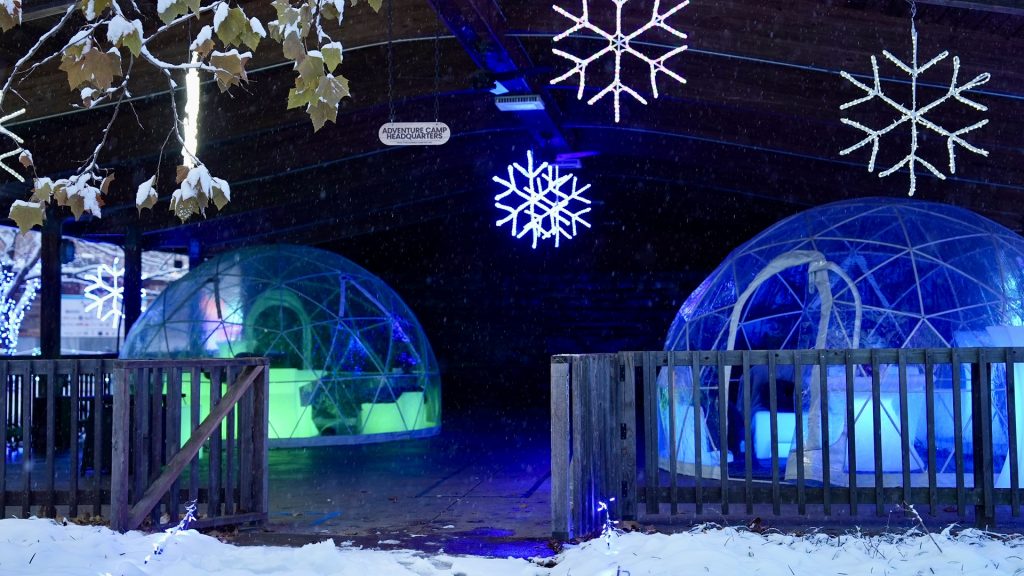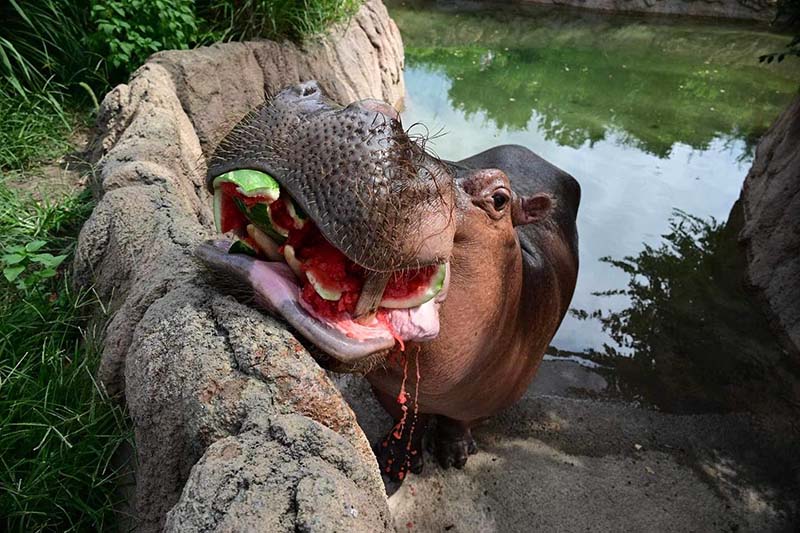Ornate box turtles, one of only two land dwelling turtles in the Great Plains, range over much of the Midwest. Historically one of the most abundant land turtles in the plains states, Ornate box turtles have suffered dramatic population declines throughout their native range. Habitat loss accounts for some of the loss to box turtle numbers, but poaching from the wild causes the greatest threat to the box turtle population. With the brightly colored markings on their outer shells, Ornate box turtles are in high demand on the illegal pet trade.
Box turtles are territorial because they learn where all of their needs can be met within their established territory. Their chances for survival can be reduced if removed from the wild or released into a different territory.
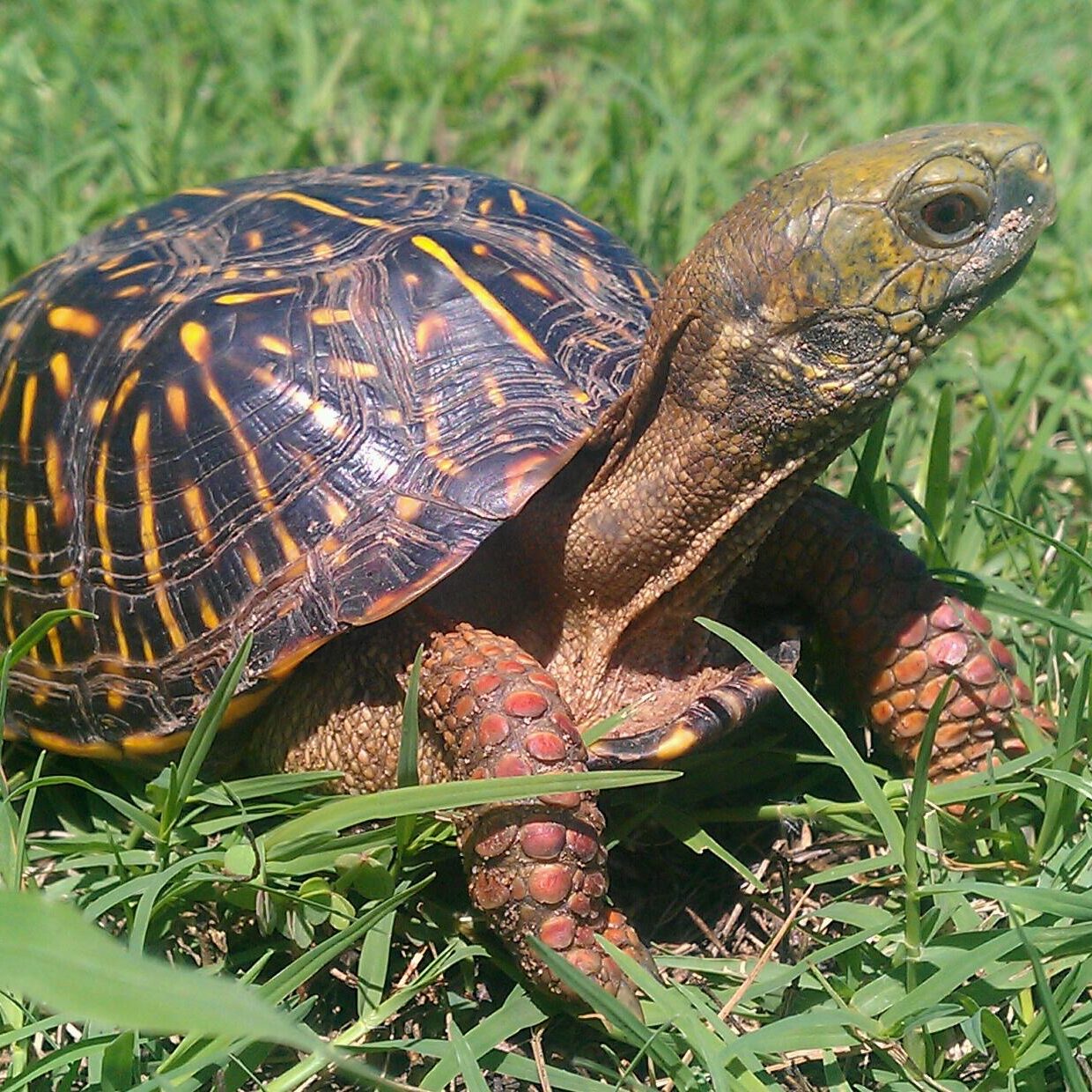
Our Conservation Commitment:
The Topeka Zoo is dedicated to reversing the decline of the Ornate Box Turtle through research, advocacy, and collaboration. Our commitment includes:
Statewide Population Survey
In 2019, the Topeka Zoo initiated a statewide survey to gather crucial data on Ornate Box Turtle populations in Kansas. This survey was conducted in partnership with the other six AZA-accredited zoos in Kansas, marking the first comprehensive effort to collect baseline scientific information on box turtle numbers in the state.
Findings and Awareness
The survey revealed an alarmingly low number of Ornate Box Turtles in areas that once had large populations. This data highlighted the urgent need for action and contributed to a wider recognition of the species’ plight.
Regulatory Change
The survey results inspired action by outside agencies and ultimately led to a change in statewide regulations, providing stronger protections for Ornate Box Turtles in the wild.
Broader Protection for Reptiles and Amphibians
As a result of these efforts, protections were also extended to cover all wild reptiles and amphibians in Kansas, offering a comprehensive approach to preserving native species and their habitats.
Through these efforts, we are working to ensure that the Ornate Box Turtle—and other native species—have a chance to thrive in their natural environments, free from the threats of poaching and habitat destruction.
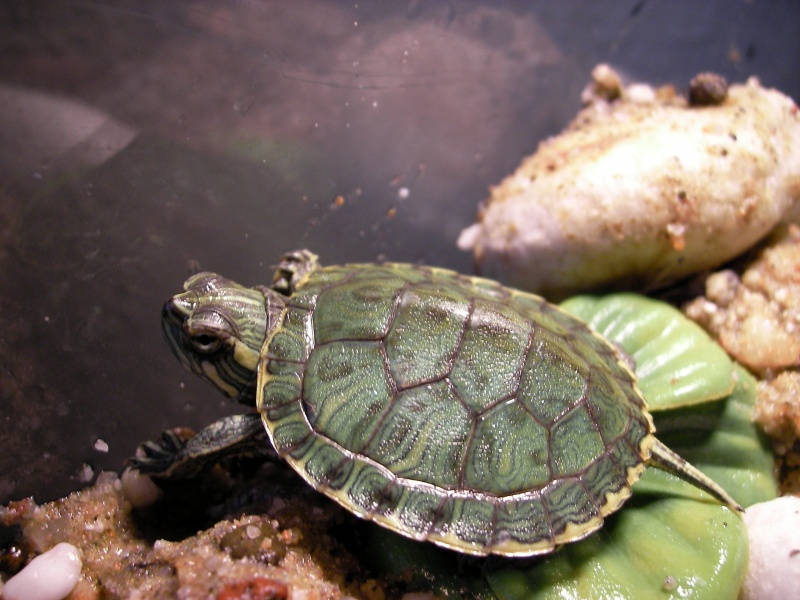
SAFE Program
North Amercian Turtle
The SAFE North American Turtle initiative is part of the AZA SAFE (Saving Animals from Extinction) program, which focuses on the conservation of species at risk of extinction. North American turtles are facing increasing threats due to habitat loss, illegal pet trade, pollution, and climate change. Many species of freshwater and terrestrial turtles, including the Eastern Box Turtle, Spiny Softshell Turtle, and the Pond Slider, have seen dramatic population declines across the continent.
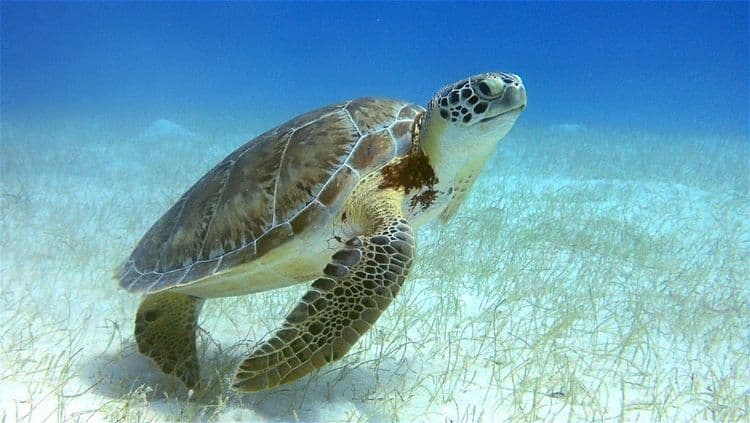
SAFE Program
Sea Turtles
The Sea Turtle SAFE Program (Saving Animals from Extinction) is in a unique position to bolster the conservation of two of the most endangered sea turtle species, the Kemp's ridley and Eastern Pacific leatherback in their range countries, while promoting and furthering the significant work being done within AZA institutions.
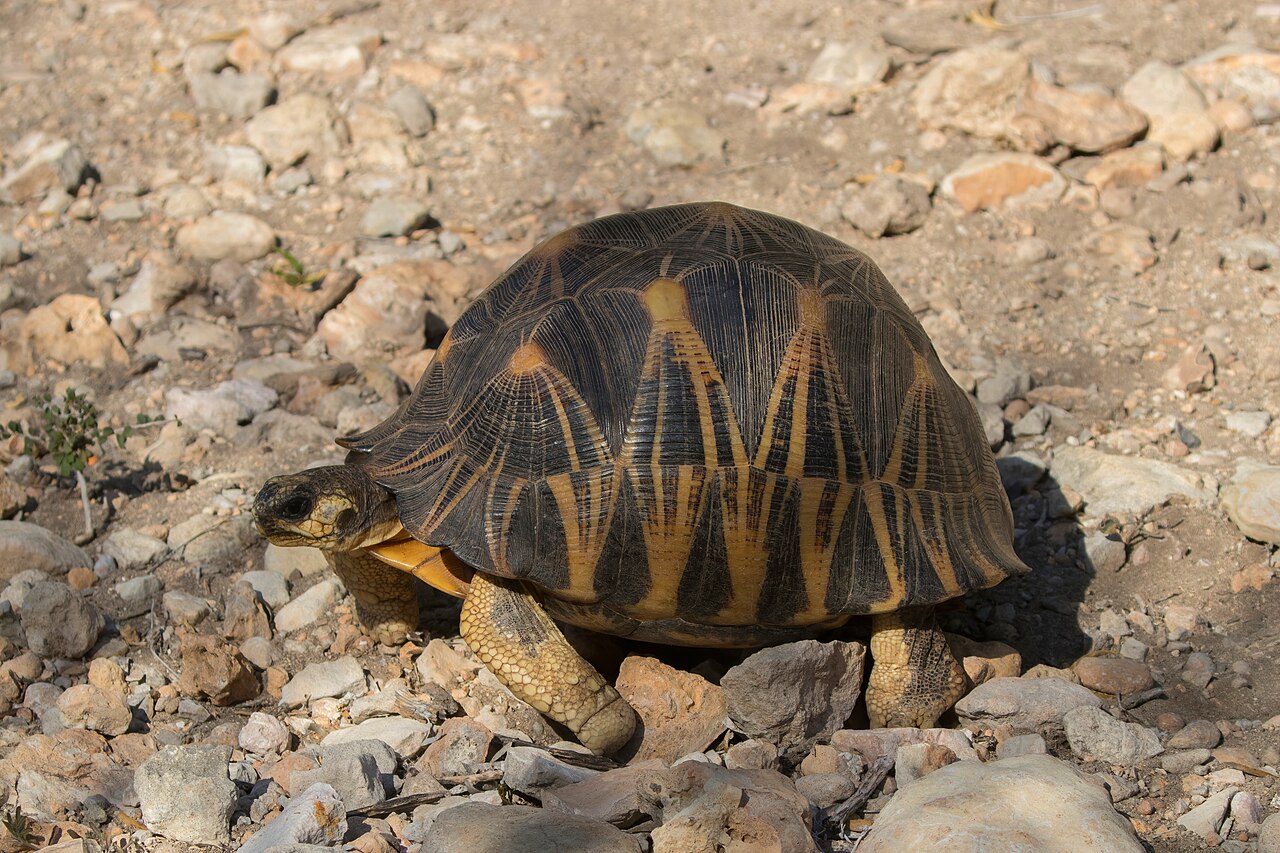
SAFE Program
Radiated Tortoise
SAFE (Saving Animals from Extinction) Radiated Tortoise's goal is to prevent the extinction of the radiated tortoise by leveraging the collective expertise and resources of the AZA community and supporting field-based partners in implementing existing recovery plans through collaborative and strategic conservation and public engagement activities.
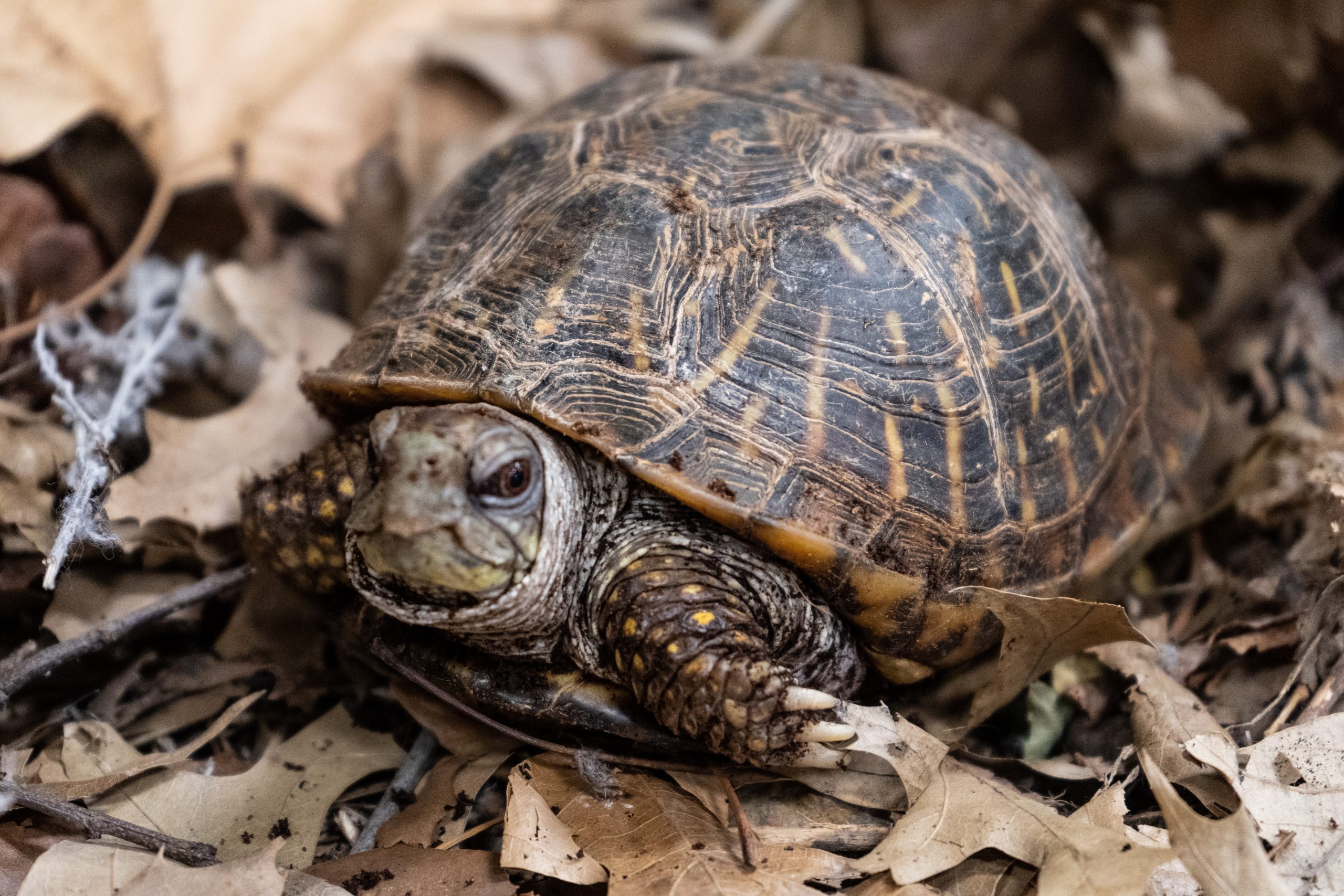
The Kansas State Reptile
Ornate Box Turtle
The Topeka Zoo, in collaboration with state legislators and the Kansas Department of Wildlife and Parks (KDWP), successfully reduced the “take limits” for reptiles and amphibians in Kansas. This effort, beginning with a 2019 survey on ornate box turtle populations, was sparked by concerns over their decline due to poaching for the illegal pet trade. In 2022, the Topeka Zoo helped introduce House Bill 2479, which led to significant changes in state regulations. As of September 7, 2023, new rules limit the collection of reptiles and amphibians to five total per person, with no more than two of any reptile species, providing stronger protections for wildlife across Kansas.
Join the Fight to Save Endangered Species
Together, we can make a difference. By supporting Topeka Zoo’s initiatives, you’re helping protect vulnerable species, restore habitats, and ensure a future where wildlife can thrive. Join us in taking action today!

